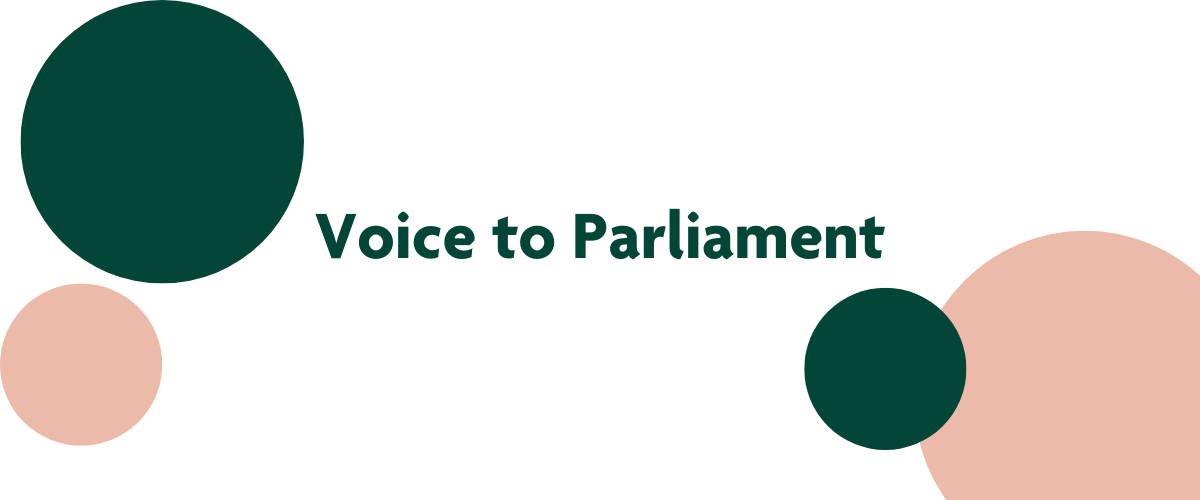Once upon a time when disaster struck, our emergency services responded. Over time, our expectations of emergency services and supporting agencies have broadened enormously. Now, we not only expect a swift and capable response but we want effective mitigation or prevention of disaster, personalised education and advice on how to prepare for various emergencies, and specific and sustained support to recover from the impact of an emergency.
We also want to receive targeted and timely warnings if an emergency is going to affect us.
During 2014, Cube had the privilege of supporting a National Review of Warnings and Information, overseen by a national project steering committee of diverse emergency service and policing organisations. The Review was funded by a National Emergency Management Project Grant and overseen by Emergency Management Victoria.
Earlier this year the Review’s final report was formally accepted by the Australia New Zealand Emergency Management Committee (ANZEMC), a sub-committee of the Council of Australian Governments (COAG).
While the Review puts forward a number of findings and recommendations, there are some big things that have stood out to us.
Firstly, and not to boast, but Australia actually is doing some really good work in this space
Many other countries have various warning systems and protocols in place. Few have a multi-hazard approach. Few have a coordinated multi-channel approach as their ‘default setting’ for providing warnings. And fewer still have trained workforces and a national incident management model which prioritises delivery of tailored and targeted warnings to multiple locations in an emergency.
But we have a lot of work still to do
Despite advances, our warnings are still criticised as lacking the level of necessary detail, or providing information that is already out of date by the time it is issued in a fast moving event. This is a tricky one, and no-one seems to have found the right answer yet. One experienced Review participant went so far as to say that he’d never yet seen a ‘good warning’.
On another front, most agencies are still heavily reliant upon their own personnel to gather and disseminate information during an emergency. In an age of dynamic social media, we can do so much more to search, validate and share information posted by others. Heck, if ten people are individually reporting online that the river has broken its banks at Smiths Bend and sharing photos of this, then it probably has!
We’re also still using lots of text. Pictures and maps can really help to communicate a message. As one interviewee eloquently explained it (and I paraphrase), “Giving us a map with just a dot on it is useless. Surely in this day and age you know where the fire actually is?”
Finally, the really tricky one. Do warnings prompt the right ‘safe’ response from people who receive them? Research says that many people still ignore warnings. Others take action, but not in the way that we might expect. We still have a lot to learn about what kind of warning (coupled with what kind of education prior to an emergency) will have the greatest and most effective impact on public safety.
Organisations such as the Bushfire and Natural Hazards Cooperative Research Centre work with industry to research and explore these questions, and a number of agencies and organisations are currently working together to coordinate response to the Review’s recommendations.
If you work in the emergency management arena, risk or public communication space, we encourage you to familiarise yourself with the Review. Information on Steering Committee membership and Review participants within your Australian jurisdiction can also be found within the report.
And finally, to all of the great volunteers and staff out there who craft and issue public information and warnings during emergencies, often under incredible pressure – we say THANK YOU.







